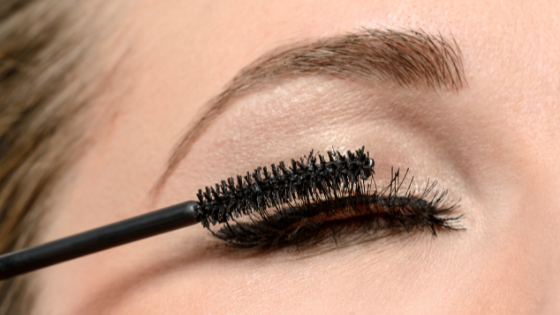With 32 states weighing more than 200 bills, brands navigate a complex patchwork of regulations and timelines

Per- and polyfluoroalkyl substances, also known as PFAS, are a class of artificial, biopersistent chemicals that are popular in consumer goods, including cosmetics, because of their durability. The trend of banning PFAS chemicals in cosmetics is expected to continue, given recent legislative action, coupled with new research showing increased health risks of the compounds. With 32 states weighing more than 200 bills, and several states and countries already putting laws on the books, cosmetic companies will continue navigating the patchwork of different PFAS regulations and timelines.
Known as “forever chemicals” because they are almost impossible to destroy and remain in the environment for an extended period, PFAS are often used to make cosmetics longer-wear, waterproof, easier to spread, more absorbable on skin, and to give the appearance of smoothness or shimmer. PFAS are also common in non-stick cookware, cleaning products, fire-fighting foam, food packaging and processing.
The FDA does not currently regulate PFAS and most people in the U.S. have some in their bloodstream. Some studies report potential health risks that may include: change in liver enzymes, decreased infant birth weight, and higher risk of high blood pressure – as well as cancer.
A sample of state laws and regulations include:
California: In 2020, California banned 13 PFAS in cosmetics in the Toxic Free Cosmetics Act, also known as AB 2762. It goes into effect on January 1st, 2025. Another proposed bill, AB 2771, would ban all PFAS in California – not just 13. A second proposed bill, AB 2247, would require annual registration of all products containing PFAS that are sold in California on a publicly accessible reporting platform.
New York: A new law requires notification of added PFAS by 2024. By 2025, the sale of products with added PFAS will be completely banned in the state.
Maine: In July 2021, the state of Maine passed a law that requires companies to submit notifications to the state if there are “added PFAS in their products.” The state will ban the sale of products with additional PFAS by 2030.
Maryland: Maryland recently enacted H.B. 643 which prevents certain substances from being included in cosmetic products sold within the state. It goes into effect on January 1, 2025 and will prohibit businesses from “knowingly manufacturing, selling, delivering, holding, or offering for sale in the State a cosmetic product that contains certain ingredients” that include 13 PFAS chemicals or any salts of the named PFAS. The ban includes eleven other chemicals such as mercury and formaldehyde, as well as two phthalates.
Note: the law exempts cosmetics containing PFAS where the product was manufactured intending to comply with the law and contains a trace quantity of a banned ingredient due to an impurity, the manufacturing process, or because of storage and packaging.
Vermont: In 2021, Governor Phil Scott signed S20, banning the sale of consumer products that contain PFAS.
Minnesota: Three bills that would ban the manufacturing, distribution and sale of cosmetic products, as well as cookware and ski wax, that contain PFAS are being considered this year. The ban would go into effect on Jan. 1, 2024.
Massachusetts: After a year-long study, Massachusetts Interagency Task Force has recommended the Bay State regulate PFAS chemicals as a class, restrict the sale of consumer products with intentionally-added PFAS by 2030.
Michigan: In 2021, Governor Gretchen Whitmer ordered state agencies to avoid buying products containing per- and polyfluoroalkyl substances (PFAS) when possible.
Washington: Governor Jay Inslee signed HB 1694 into law, tackling PFAS in a broad range of products by 2025. It includes both cosmetics and clothing.
Canada: Last year, the Canadian government agreed to three steps toward addressing PFAS as a chemical class. They include:
- continue to invest in research and monitoring on PFAS
- collect and examine information on PFAS to inform a class-based approach
- review policy developments in other jurisdictions
By 2024, Canada will publish a state of PFAS report to summarize findings.
Read more about Canada and PFAS
The Netherlands, Germany, Denmark, Sweden, and Norway: This group of European nations is working on a proposal to restrict all PFAS in cosmetics. It will be presented to the European Chemicals Agency in July, and is considered the first step toward a full European ban of PFAS.
While some retailers, such as H&M , Sephora and Ulta have already taken action regarding PFAS, the ingredient is still pervasive in many products. Because there is no universal law regulating PFAS in cosmetics, they are not required to appear on an ingredient supplier’s Safety Data Sheet. This means a brand could have PFAS in its ingredients without knowing. Given the legislative activity and expected litigation, brands should communicate with manufacturers and know the impurities in their raw materials, including PFAS, to ensure they are compliant.
If you have questions about complying with current or future PFAS regulations, Ithos team of regulatory experts can help. Our new Formul8 solution is also designed to help brands develop new products that meet internationally compliance standards.






